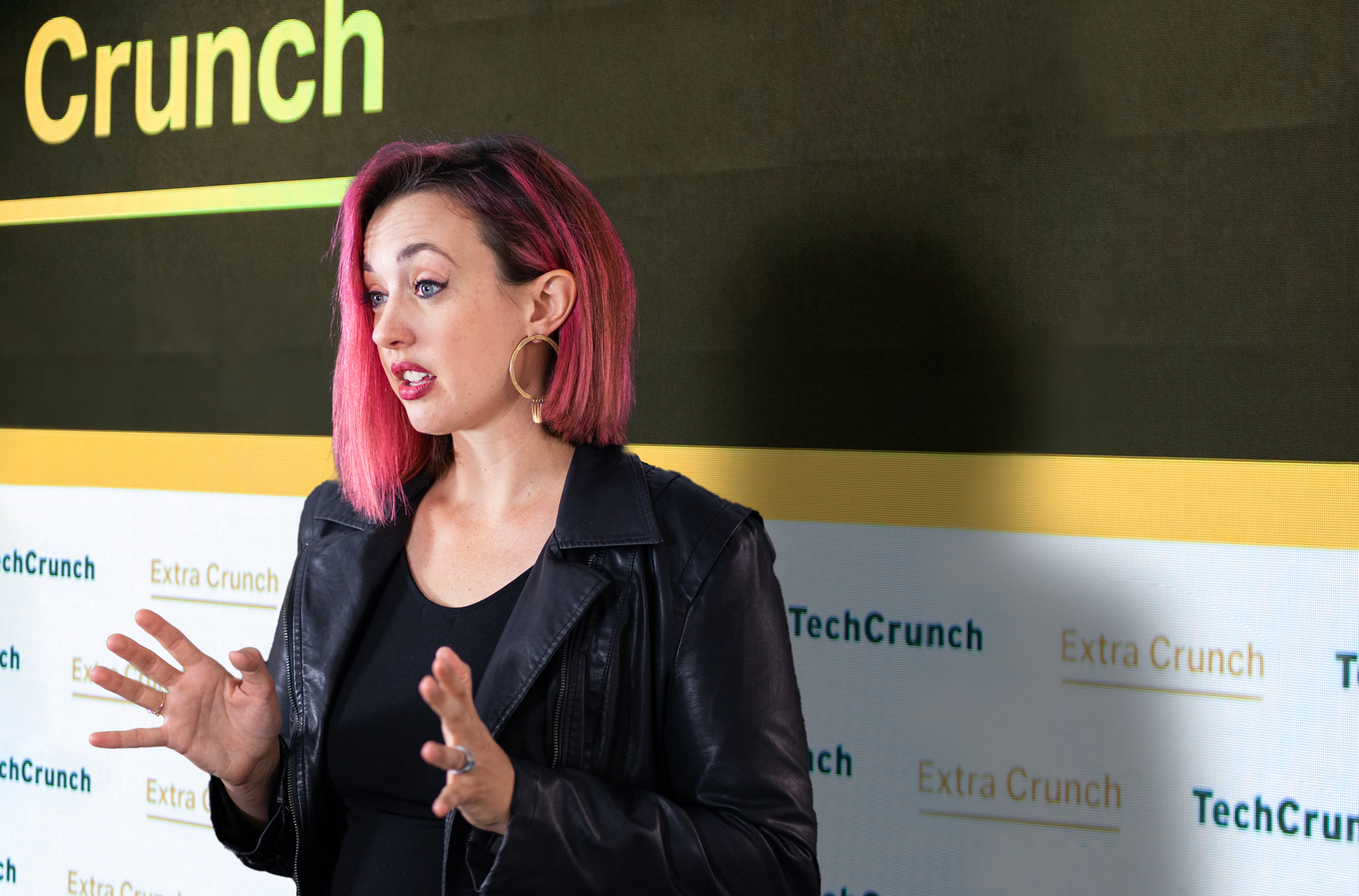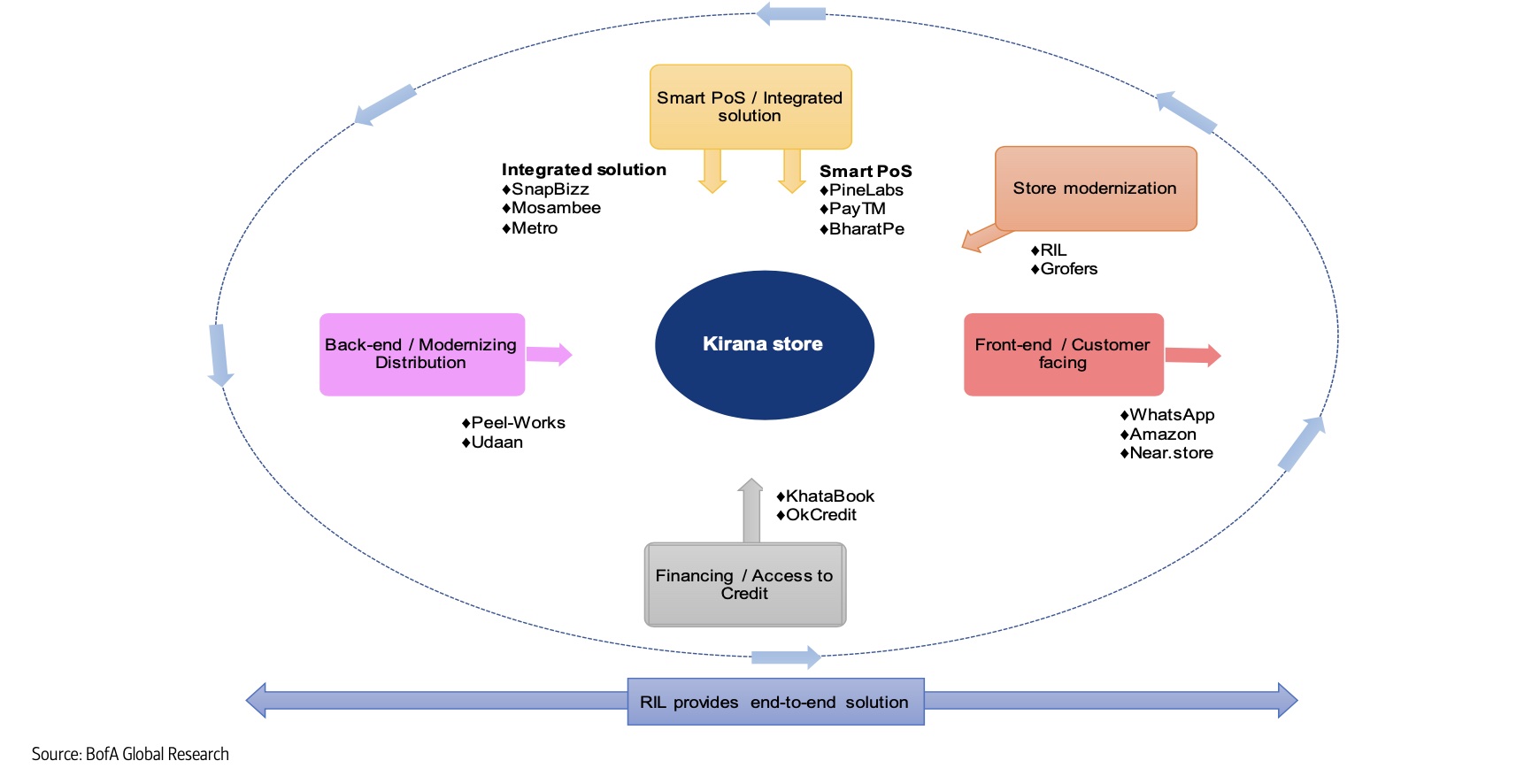Later this year, Apple will roll out a technology that will allow the company to detect and report known child sexual abuse material to law enforcement in a way it says will preserve user privacy.
Apple told TechCrunch that the detection of child sexual abuse material (CSAM) is one of several new features aimed at better protecting the children who use its services from online harm, including filters to block potentially sexually explicit photos sent and received through a child’s iMessage account. Another feature will intervene when a user tries to search for CSAM-related terms through Siri and Search.
Most cloud services — Dropbox, Google, and Microsoft to name a few — already scan user files for content that might violate their terms of service or be potentially illegal, like CSAM. But Apple has long resisted scanning users’ files in the cloud by giving users the option to encrypt their data before it ever reaches Apple’s iCloud servers.
Apple said its new CSAM detection technology — NeuralHash — instead works on a user’s device, and can identify if a user uploads known child abuse imagery to iCloud without decrypting the images until a threshold is met and a sequence of checks to verify the content are cleared.
News of Apple’s effort leaked Wednesday when Matthew Green, a cryptography professor at Johns Hopkins University, revealed the existence of the new technology in a series of tweets. The news was met with some resistance from some security experts and privacy advocates, but also users who are accustomed to Apple’s approach to security and privacy that most other companies don’t have.
Apple is trying to calm fears by baking in privacy through multiple layers of encryption, fashioned in a way that requires multiple steps before it ever makes it into the hands of Apple’s final manual review.
NeuralHash will land in iOS 15 and macOS Monterey, slated to be released in the next month or two, and works by converting the photos on a user’s iPhone or Mac into a unique string of letters and numbers, known as a hash. Any time you modify an image slightly, it changes the hash and can prevent matching. Apple says NeuralHash tries to ensure that identical and visually similar images — such as cropped or edited images — result in the same hash.
Before an image is uploaded to iCloud Photos, those hashes are matched on the device against a database of known hashes of child abuse imagery, provided by child protection organizations like the National Center for Missing & Exploited Children (NCMEC) and others. NeuralHash uses a cryptographic technique called private set intersection to detect a hash match without revealing what the image is or alerting the user.
The results are uploaded to Apple but cannot be read on their own. Apple uses another cryptographic principle called threshold secret sharing that allows it only to decrypt the contents if a user crosses a threshold of known child abuse imagery in their iCloud Photos. Apple would not say what that threshold was, but said — for example — that if a secret is split into a thousand pieces and the threshold is ten images of child abuse content, the secret can be reconstructed from any of those ten images.
Read more on TechCrunch
It’s at that point Apple can decrypt the matching images, manually verify the contents, disable a user’s account and report the imagery to NCMEC, which is then passed to law enforcement. Apple says this process is more privacy mindful than scanning files in the cloud as NeuralHash only searches for known and not new child abuse imagery. Apple said that there is a one in one trillion chance of a false positive, but there is an appeals process in place in the event an account is mistakenly flagged.
Apple has published technical details on its website about how NeuralHash works, which was reviewed by cryptography experts.
But despite the wide support of efforts to combat child sexual abuse, there is still a component of surveillance that many would feel uncomfortable handing over to an algorithm, and some security experts are calling for more public discussion before Apple rolls the technology out to users.
A big question is why now and not sooner. Apple said its privacy-preserving CSAM detection did not exist until now. But companies like Apple have also faced considerable pressure from the U.S. government and its allies to weaken or backdoor the encryption used to protect their users’ data to allow law enforcement to investigate serious crime.
Tech giants have refused efforts to backdoor their systems, but have faced resistance against efforts to further shut out government access. Although data stored in iCloud is encrypted in a way that even Apple cannot access it, Reuters reported last year that Apple dropped a plan for encrypting users’ full phone backups to iCloud after the FBI complained that it would harm investigations.
The news about Apple’s new CSAM detection tool, without public discussion, also sparked concerns that the technology could be abused to flood victims with child abuse imagery that could result in their account getting flagged and shuttered, but Apple downplayed the concerns and said a manual review would review the evidence for possible misuse.
Apple said NeuralHash will roll out in the U.S. at first, but would not say if, or when, it would be rolled out internationally. Until recently, companies like Facebook were forced to switch off its child abuse detection tools across the bloc after the practice was inadvertently banned. Apple said the feature is technically optional in that you don’t have to use iCloud Photos, but will be a requirement if users do. After all, your device belongs to you but Apple’s cloud does not.
Source: Tech Crunch





